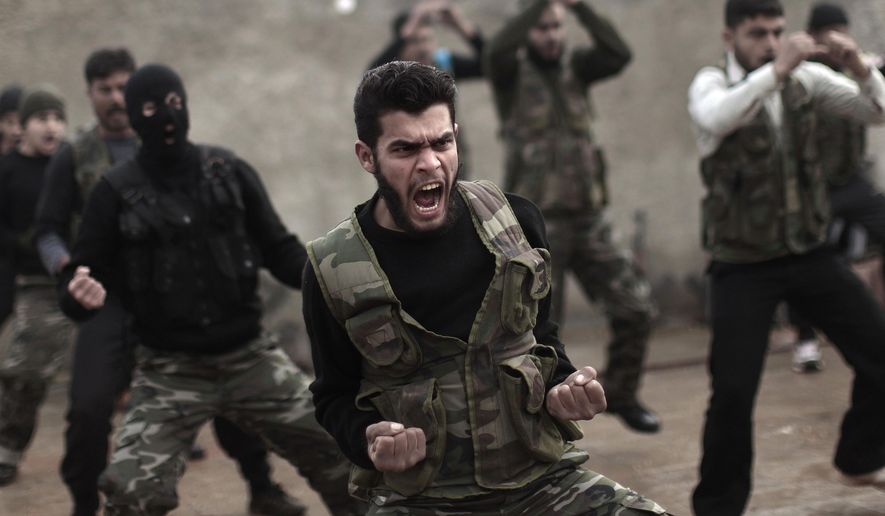A second class of Syrians has begun the U.S. train and equip program, officials said Friday, though it’s still unclear how many Syrians are taking part in the training that has struggled to get enough recruits.
Despite about 1,500 Syrians volunteering for the training, only 60 made it into the first class of trainees, Defense Secretary Ashton Carter previously said in testimony before Congress, sparking criticism that the program was too slow to get off the ground and too expensive.
This small class size has allowed trainers to “refine the curriculum” and improve the training for the second group currently in the pipeline, said Col. Pat Ryder, a spokesman for U.S. Central Command.
The program requires trainees to promise to fight against only the Islamic State in Syria, not against President Bashar al-Assad, who many Syrians want to overthrow. This, together with a lack of U.S. commitment to defend trainees from potential attacks by Mr. al-Assad once on the battlefield, has made it difficult to get recruits.
But Col. Ryder said that “success will breed success” and the number of recruits will increase once others see how successful the training is.
“As this program starts to accelerate and as these forces start to succeed, we think the reputation of the program and the quality of the training and equipment will attract additional recruits,” he said.
Col. Ryder said that the U.S. is focusing on quality, not quantity, in the officials it sends through the training. The vetting process is slow moving and often finds volunteers ineligible for service, because of medical problems, being underage or not being who they said they are on an application, he said.
“If we just want fighters regardless of their morality or reliability or background, we could get thousands and thousands very rapidly,” he said. “This process is not fast, but it’s thorough. We are committed to the success of the people that we train.”
Col. Ryder said that while the U.S. won’t lower its standards, the vetting process, which currently can take up to six weeks, should become quicker as officials learn how to make it more efficient.
Volunteers are still stepping forward for the training, he said.
• Jacqueline Klimas can be reached at jklimas@washingtontimes.com.




Please read our comment policy before commenting.